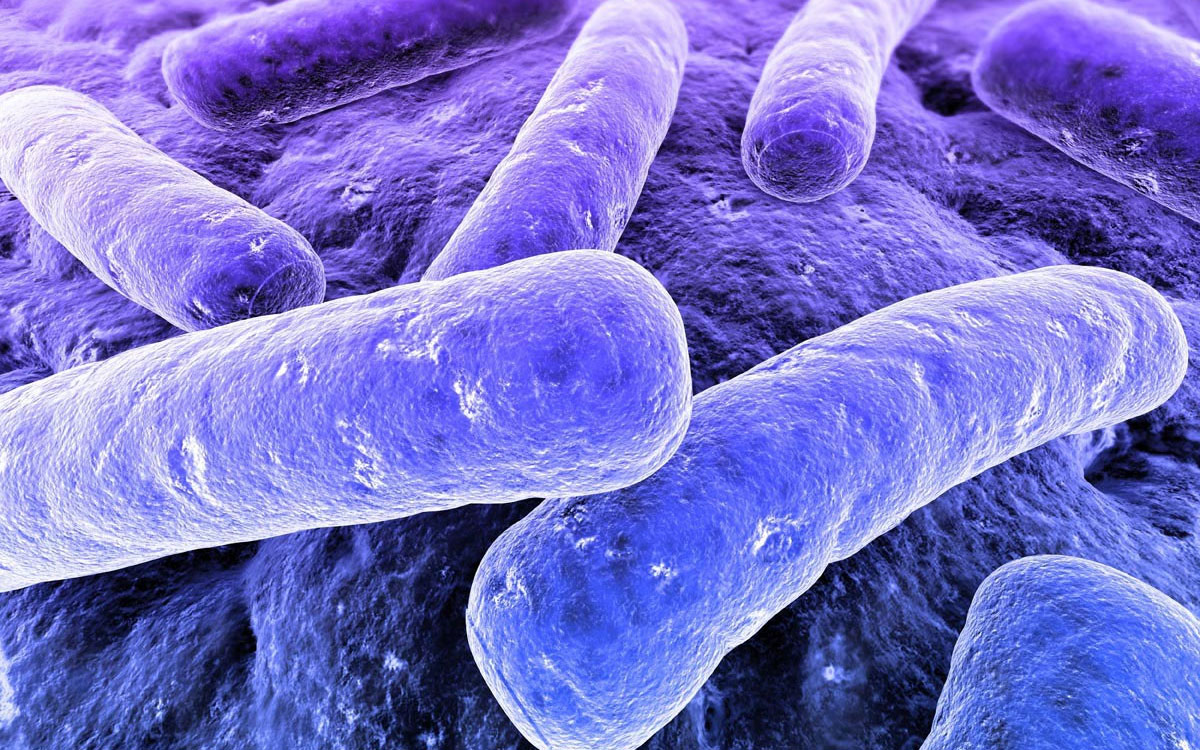battling superbugs the evolutionary way

We’re using far too many antibiotics. That has been the cry from the FDA and the WHO for the last several years as more and more antibiotic-resistant strains have been found after they had colonized or killed patients. Of course these bacteria aren’t completely immune to our arsenals of drugs, they’re just harder to kill with certain antibiotics or require different ones, but a rather small, yet unsettling number, have required doctors to use every last antibacterial weapon they had available to even make a dent in their populations. There’s not much we can do because in effect, we’re fighting evolution. The more antibiotics we throw at the bacteria, the more chances we give for resistant strains to survive and thrive. Doctors are starting to prescribe less and the pressure on farmers to stop prophylactic use of antibiotics is mounting, but we’re still overdoing it and the problem is growing and in need of some very creative new solutions.
Enter a genetic engineering technique known as CRISPR-Cas9 which replaces DNA sequences that short snippets of RNA are encoded to identity with ones provided by scientists. It’s not new by any means, but this is the first time it has been used in an evolutionary experiment intended to stem the rise of antibiotic resistance. Israeli researchers essentially gave bacterial colony an immunity to a virus, but at the cost of deleting genes which gave it antibacterial resistance. The bacteria happily propagated the immunity as they grew while maintaining the new weaknesses to antibiotics which were only marginally effective on them before. There’s a real advantage for the bacteria to propagate this new mutation because the virus to which it was now immune was lethal, acting as the greater selective pressure, and the susceptibility to antibiotics just wasn’t an important factor, so the bacteria acted like it got a fair deal.
Even better, edits were made by a specially engineered virus, meaning you can, in theory, just infect bacteria-prone surfaces with it and demolish their antibiotic resistance, right? Well, yes, it would be possible. However, the researchers worry that new antibiotic resistant mutations can still evolve and that there’s no way to prevent the bacteria’s genetic drifts from accepting genes for viral immunity while holding on to its existing antibacterial mechanisms. But this technique is still useful for reducing the number of resistant bacteria or targeting strains with very well known resistance mechanisms to allow doctors to use existing antibiotics. Ultimately, what will help the most would be more research into new antibiotics, curtailing their use in doctors’ offices for any viral infection regardless of the patients’ complaints, and eliminating preventative use of animal antibiotics on farms. Still, research like this can still help us identify new resistant strains and give us a fighting chance to slow them down while we find new ways to fight them.
See: Yosef, I., et. al. (2015). Temperate and lytic bacteriophages programmed to sensitize and kill antibiotic-resistant bacteria PNAS DOI: 10.1073/pnas.1500107112





